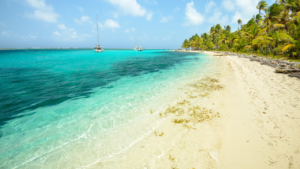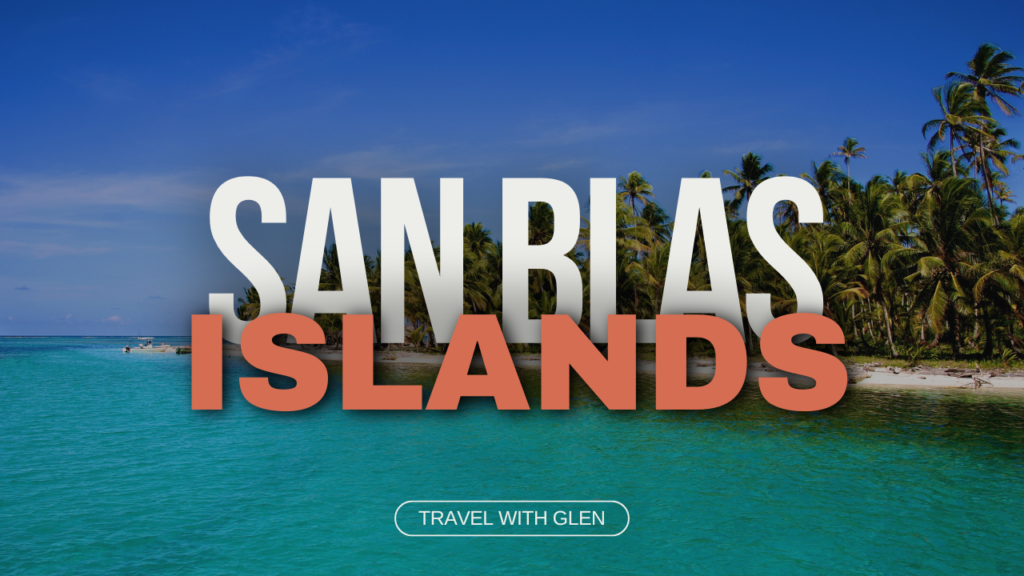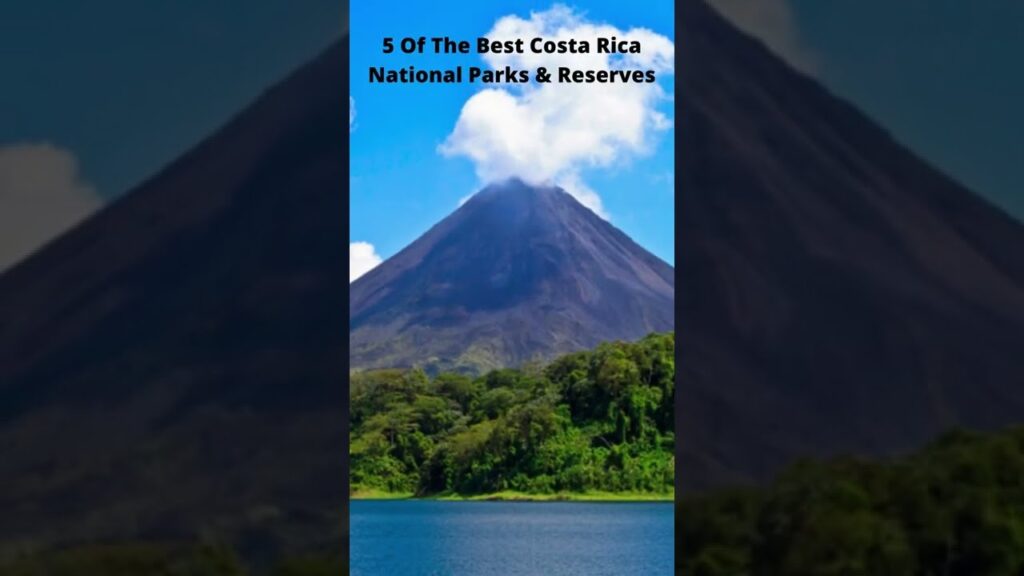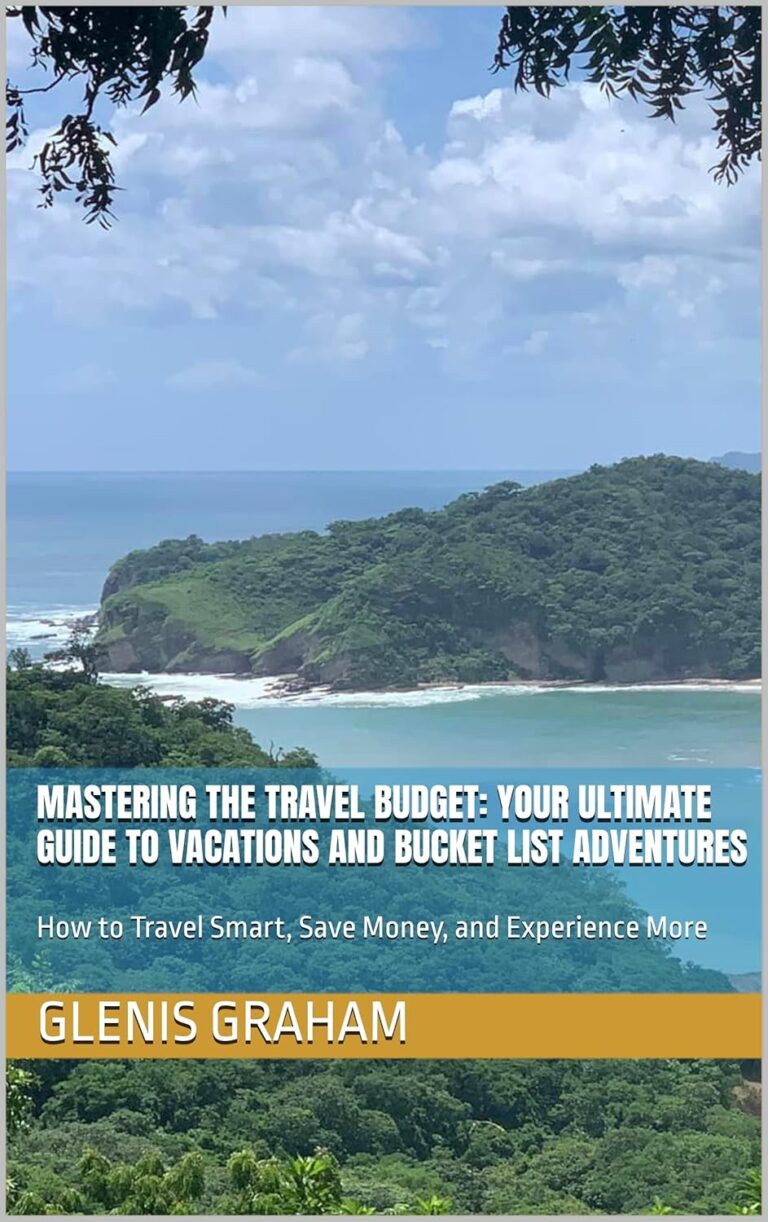San Blas Islands: A Hidden Gem of the Caribbean
Introduction to the San Blas Islands
Imagine a paradise made up of over 360 tiny, tropical islands scattered across the Caribbean. That’s San Blas for you! Located just off the coast of Panama, the San Blas Islands offer a unique experience for those looking to escape the typical tourist hotspots. Whether you’re a seasoned traveler or someone seeking a peaceful getaway, San Blas is an unspoiled slice of heaven that’s worth exploring.
So, why is San Blas such a must-visit destination? Well, apart from the crystal-clear waters, white sandy beaches, and rich indigenous culture, it’s a place where you can truly disconnect from the modern world. No resorts, no large crowds—just you, nature, and the warmth of the Guna people.
Geography and Location
The San Blas Archipelago is located on the Caribbean side of Panama, stretching along the country’s northeast coast. Comprising over 360 islands, only about 49 are inhabited by the Guna, an indigenous group that has preserved much of their culture and traditions. Despite being remote, getting to San Blas is relatively easy. Most travelers fly into Panama City and then take a short domestic flight or a boat to the islands. Alternatively, overland trips from Panama City to the coast are available for the more adventurous.
A Brief History of the San Blas Islands
The San Blas Islands have a fascinating history intertwined with the Guna people. The Guna have inhabited this region for centuries and have fiercely maintained their autonomy and way of life. Despite Spanish colonization and various attempts to integrate the islands into Panama’s mainstream society, the Guna successfully negotiated a semi-autonomous region known as the Guna Yala. This means that the Guna continue to self-govern, making their culture and history integral to the island’s appeal.
The Culture of the Guna People
One of the most enriching aspects of visiting the San Blas Islands is the opportunity to engage with the Guna culture. The Guna people have a simple yet deeply rooted way of life. Family is central, and much of their livelihood is based on fishing, agriculture, and selling their famous Mola art.
The Guna’s strong connection to nature is evident in their community-driven approach to life. Visitors are often struck by their respect for the environment, their ancient rituals, and their vibrant traditions, which add depth to the whole travel experience.
Guna Art and Handicrafts
The Guna are famous for their Molas, intricate, brightly colored textiles that often depict geometric patterns and images from their mythology. Molas are typically made by the women of the Guna community and are highly sought after by collectors worldwide. If you’re looking for a unique souvenir, purchasing an authentic Mola directly from a local artisan is a must. Not only are you supporting the community, but you’re also bringing home a piece of the islands’ culture.
What to Do in the San Blas Islands
Though remote, the San Blas Islands are packed with things to do, particularly for nature lovers. The waters surrounding the islands are known for their exceptional clarity, making snorkeling and diving incredibly popular. Dive beneath the surface to explore vibrant coral reefs, spot tropical fish, and maybe even encounter sea turtles.
Another popular activity is island hopping. Each island in the archipelago has its own unique charm. Whether you want to laze on a quiet beach, explore lush landscapes, or meet locals on inhabited islands, you’ll find that there’s always something new to discover.
Wildlife and Marine Life
San Blas is home to a plethora of wildlife, especially in its surrounding waters. Coral reefs teem with life, including various species of fish, lobsters, and rays. Birdwatchers will also be thrilled by the variety of avian life on the islands, from pelicans to exotic tropical birds.
Where to Stay in the San Blas Islands
While you won’t find five-star hotels or luxury resorts, the accommodation options in San Blas are incredibly charming. The islands offer eco-lodges, small bungalows, and guesthouses run by the Guna people, giving you a chance to experience authentic island life. For those who really want to get back to basics, camping on one of the remote islands is also an option. However, amenities are basic, so be prepared to rough it a little!
Sustainable Travel to the San Blas Islands
Tourism in San Blas is tightly controlled by the Guna people, which ensures that the islands remain pristine and free from the overdevelopment seen in other Caribbean destinations. By visiting, you’re supporting the local economy directly, as most of the accommodation and tours are Guna-run. However, travelers are encouraged to respect the environment by minimizing waste, avoiding single-use plastics, and opting for eco-friendly travel practices.
Best Time to Visit San Blas Islands
The best time to visit the San Blas Islands is during the dry season, which typically runs from December to April. During this time, you can expect warm temperatures, clear skies, and calm seas—perfect for outdoor activities like snorkeling, kayaking, and island hopping. The rainy season, from May to November, is also a good time to visit if you don’t mind occasional rain showers. Plus, the islands are less crowded during these months.
Practical Tips for Visiting the San Blas Islands
- What to Pack: Make sure to bring plenty of sunscreen, lightweight clothing, a hat, and snorkeling gear if you have it. The islands are quite basic, so don’t expect many shopping options.
- Health and Safety: While San Blas is generally safe, it’s always a good idea to have travel insurance. Since the islands are remote, medical facilities are limited, so it’s wise to pack basic first-aid supplies and any necessary medications.

How San Blas Differs from Other Caribbean Destinations
What makes the San Blas Islands unique is the feeling of being disconnected from the modern world. While other Caribbean destinations are filled with bustling resorts and tourist traps, San Blas offers a serene, off-the-beaten-path experience. It’s truly a place where time slows down, and you can enjoy nature in its purest form. If you’re tired of crowded beaches and over-commercialized spots, San Blas will feel like a breath of fresh air.
The Future of San Blas Tourism
As tourism grows, the Guna people face the challenge of preserving their culture while welcoming visitors. Sustainable tourism practices are key to ensuring the islands’ beauty and culture remain intact for future generations. The Guna are cautious about expanding tourism but recognize its benefits for their economy.
Conclusion
The San Blas Islands offer an unforgettable experience for those seeking an authentic, off-the-grid escape. With its stunning natural beauty, rich culture, and friendly locals, it’s no wonder that San Blas is quickly becoming a favorite for travelers looking for something different in the Caribbean. Whether you’re into snorkeling, diving, or simply soaking up the sun, there’s no shortage of things to do and see in this little slice of paradise.
FAQs
Are the San Blas Islands Safe for Tourists?
Yes, San Blas is generally safe for tourists. The Guna people are welcoming, and the islands are peaceful. However, as with any remote destination, it’s wise to take basic safety precautions.
Do I Need a Visa to Visit the San Blas Islands?
If you’re visiting Panama, you may need a visa depending on your nationality. Check Panama’s visa requirements before you travel.
What Languages Are Spoken in San Blas?
The Guna speak their native language, Guna, but many also speak Spanish. Some Guna may speak basic English, especially those involved in tourism.
How Long Should I Stay in San Blas?
A stay of 2 to 3 days is usually enough to explore a few islands, relax, and enjoy the activities on offer. However, many travelers wish they’d stayed longer once they experience the tranquility!
Is San Blas Family-Friendly?
Yes, San Blas is a great destination for families looking for a unique and educational travel experience. The calm waters and simple island lifestyle are ideal for children.
![]()










